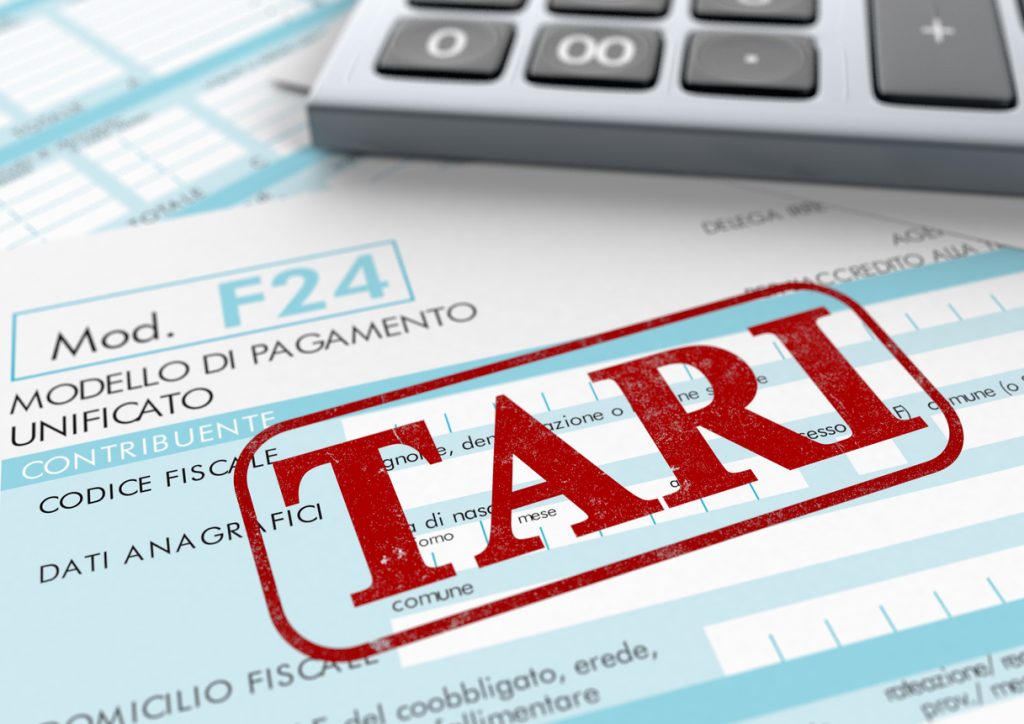Tari, which are the most expensive communities?

The Waste Tax, known as Tarerepresents one of the biggest tax burdens for Italian families. But how exactly does it work and in which municipalities do you pay the most? Uil, the Italian trade union, recently published data on this tax, providing interesting information about its increase over the past five years.
Where do you pay the most fare?
According to research by the UIL, Tariff increased by an average of 7.7% over five years, which is a particular burden for families in the south. According to the data, the average tariff in 2022 was 325 euros. Between 2021 and 2022, up to 65 provincial capitals increased this tax.
In absolute terms, Italian families paid an average of 325 euros for the waste tariff in 2022, compared to 313 euros in 2021 and 301 euros in 2018. We find the first place in the ranking of the most expensive municipalities Pisa, with an annual average of 519 euros per family. you follow toastswhere 518 euros are paid e Genoa with 489 euros.
Other southern cities where the tari incurs significant costs are benevent with 481 euros, messina with 476 euros, Catania with 475 euros, Syracuse with 472 euros, Agrigento with 471 euros, Taranto with 459 euros and Trapani with 457 euros.
The Uil study analyzed costs in 107 provincial capitals, using as a reference a family of four with a house of 80 square meters and an Isee income of 25,000 euros.
Where do you pay the lowest Tari?
We continue with the cheapest cities, we think Belluno with 169 euros per year and family, followed by Novara with 174 euros, Ascoli Piceno with 181 euros and macerata with 182 euros. Other communities with lower rates are Pordenone with 186 euros, Brescia with 187 euros, Trent with 189 euros, Florence with 194 euros, Vercelli with 197 euros and Udine with 204 euros.
Significant increases between 2021 and 2022
The Uil study also highlighted the significant increases between 2021 and 2022. In particular Performance recorded an increase of 85.9%, followed by stopped with +57.3%, Cosenza with +42.2% e Taranto and Bari with +40.5%. These increases have helped increase the burden of the tari on families living in these cities.
On the other hand, between 2021 and 2022, some cities saw a decrease in tariffs. For example Alexandria reported a 14.7% drop, followed by Viterbo with -10.4%, Pisa with -7.1% and Leghorn with -6.2%. These decreases can be attributed to several reasons, such as more efficient waste management or the implementation of local measures to reduce costs for citizens.
It is important to emphasize that the cost of the tariff can vary significantly from municipality to municipality due to different local policies, the characteristics of the waste collection system and the tariffs set by local administrations. Therefore, it is always advisable to consult your municipality’s specific information to find out the exact amount of the tari in your area.
In addition, it should be noted that the data shown relates to the year 2022 and may be subject to fluctuations in subsequent years.
In general, the waste tax represents a significant burden on Italian households and its management and fair distribution are issues that are discussed and considered at national level.
concerns and controversies
The increase in the tari has raised various concerns among citizens and trade union organizations that support the need Be fair about waste without unduly burdening families.
To address this problem, several proposals have been made. Some suggest a review of the methods used to calculate tarito take into account the actual amounts of waste generated by individual households and not just rely on the square footage of the building. This approach aims to reward households that adopt recycling and waste reduction practices and provide appropriate economic incentives.
Others suggest implementing environmental awareness and education activities to promote greater awareness of recycling and waste reduction issues. This could include training programs in schools, information campaigns and supporting families to adopt sustainable behaviours.





